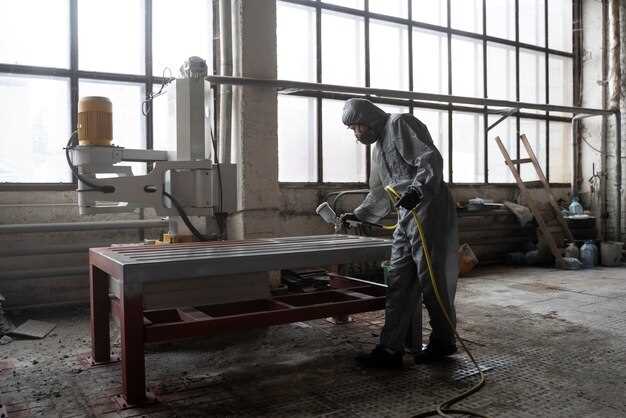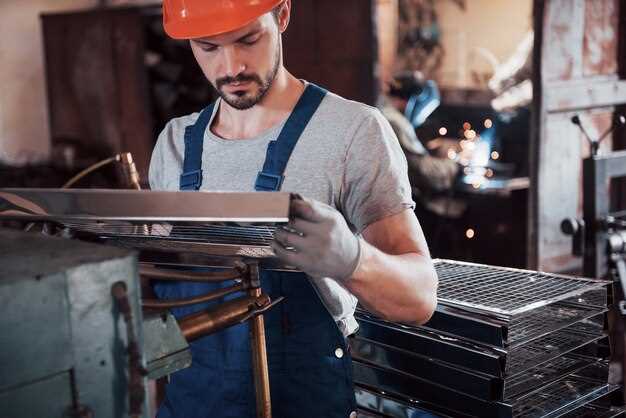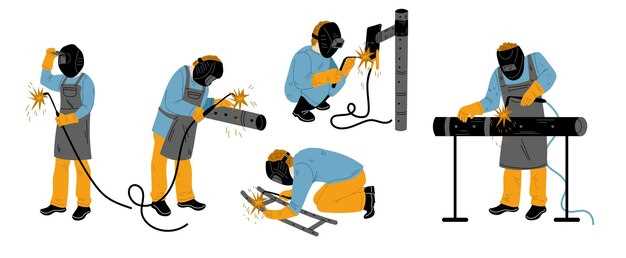
In the manufacturing industry, the efficiency and quality of frame and panel fabrication heavily rely on the utilization of specialized welding equipment. The right tools not only enhance productivity but also ensure that the final products meet stringent structural standards and tolerances. Understanding the various types of welding equipment available and their specific applications is crucial for professionals in the field.
Welding process choice is fundamental in determining the equipment needed. Different processes, such as MIG (Metal Inert Gas), TIG (Tungsten Inert Gas), and Stick welding, offer unique advantages depending on the materials and desired outcomes. For instance, MIG welding is often favored for its speed and ease of use, making it an excellent option for large-scale frame production. In contrast, TIG welding is preferred for its precision and ability to work with thin materials, essential for high-quality panel fabrication.
Additionally, the choice of welding machines, protective gear, and accompanying accessories greatly impact the overall welding process. High-performance welding machines enhance operator efficiency and reduce the risk of defects, while appropriate safety equipment ensures a secure working environment. Understanding each aspect of welding equipment enables fabricators to select the best tools that align with their specific project requirements, ultimately leading to superior results and increased client satisfaction.
Choosing the Right Welding Machine for Structural Frames

Selecting the appropriate welding machine for structural frames is crucial for achieving strong and durable constructions. Various factors influence the choice, including material type, thickness, and the specific requirements of the project. Below are key considerations to guide your decision-making process.
1. Type of Welding Process
- MIG Welding: Ideal for thin materials, MIG (Metal Inert Gas) welding offers speed and ease of use, making it suitable for structural frames that require a clean finish.
- TIG Welding: Provides excellent control and is best for welding stainless steel and aluminum. TIG (Tungsten Inert Gas) is preferred for precision jobs where the aesthetics of the weld are important.
- Stick Welding: Versatile and effective for outdoor use, Stick welding is suitable for various alloys and thicker materials, often used in heavy-duty structural applications.
2. Power Requirements
- Assess the amperage and voltage requirements based on material thickness; thicker materials generally require machines with higher power output.
- Consider the input power source (single-phase or three-phase) available at your site as it affects efficiency and operating cost.
3. Portability and Size
- If working on-site or in various locations, choose a portable machine. Weight and size may affect maneuverability.
- For home or workshop use, a more robust unit may be practical, optimizing workspace without the need for constant relocation.
4. Duty Cycle
- Duty cycle percentage indicates how long a machine can operate continuously versus resting. A higher duty cycle (e.g., 60% or more) benefits high-volume work.
- For intermittent or hobby use, a lower duty cycle might suffice, saving on costs while meeting your needs.
5. Additional Features
- Digital Displays: Machines with digital readouts allow for precise adjustments and monitoring of settings.
- Auto-Set Features: Look for machines that automatically adjust settings based on material thickness, simplifying setup for less experienced welders.
- Multi-Process Capability: Machines that support multiple welding processes (MIG, TIG, Stick) offer flexibility for varied projects.
Conclusion
Choosing the right welding machine for structural frames requires careful assessment of your specific needs and project requirements. Prioritizing the welding process, power needs, portability, duty cycle, and additional features will lead to the selection of an effective and efficient machine, enhancing the quality and durability of your welds.
TIG vs. MIG Welding: Which Method Suits Panel Fabrication Best?

TIG (Tungsten Inert Gas) and MIG (Metal Inert Gas) welding are two prominent techniques used in panel fabrication, each offering distinct advantages and disadvantages. Choosing the right method depends on several factors including the materials used, required precision, and production speed.
TIG welding is known for its ability to produce high-quality, precise welds with excellent control over the heat input. This method allows for welding of thinner materials and provides a clean finish, making it ideal for applications where aesthetics and structural integrity are crucial. However, TIG welding is generally slower and requires a higher level of skill from the operator, which can lead to longer production times when dealing with large panel fabrication projects.
On the other hand, MIG welding excels in speed and efficiency, making it a popular choice for high-volume production. This method is easier to learn and can easily be automated, thus reducing labor costs. MIG welding is also versatile, suitable for a variety of metals and thicknesses. However, it may not achieve the same level of finish or control as TIG, particularly on thinner gauge materials where burn-through can occur.
When selecting between TIG and MIG welding for panel fabrication, consider the specific requirements of your project. If precision and finish are paramount, TIG welding may be the better choice. Conversely, if speed and cost-efficiency are more critical, MIG welding could be more suitable. It’s also worth noting that both methods can complement each other in a fabrication shop, allowing for flexibility depending on the specific task at hand.
Essential Safety Gear and Accessories for Fabrication Processes
In the fabrication industry, safety is paramount to ensure the well-being of workers and the integrity of the projects being undertaken. Proper safety gear is essential to mitigate risks associated with welding and other fabrication processes. The following items are crucial components of a comprehensive safety regimen.
Firstly, a high-quality welding helmet is indispensable. These helmets protect the eyes and face from harmful UV and infrared radiation as well as sparks and molten metal. Look for helmets with variable shade lenses that can adjust automatically based on the brightness of the arc, ensuring clear visibility at all times.
Secondly, protective clothing designed for welding is another critical element. Flame-resistant jackets, gloves, and aprons made from materials like leather or specialized fabric help minimize burns and injuries from sparks. Clothing should fit properly to avoid catching on machinery while providing adequate coverage.
Additionally, sturdy steel-toed boots are vital for protecting feet from heavy objects and molten metal spills. Footwear should be slip-resistant to prevent falls in potentially hazardous environments.
Ear protection, such as earplugs or earmuffs, is essential in noisy fabrication environments. Prolonged exposure to high decibel levels can lead to hearing loss, making these accessories necessary for safeguarding auditory health.
Furthermore, respiratory protection should not be overlooked. Welding produces fumes that can be harmful when inhaled. Depending on the specific materials being welded, appropriate masks or respirators should be worn to filter out hazardous particles and gases.
Lastly, utilizing personal protective equipment (PPE) such as safety goggles and face shields further enhances safety during fabrication tasks. These items provide additional protection against flying debris and harmful splashes, ensuring a safer workspace.
By investing in these essential safety gear and accessories, employers and fabricators can create a safer working environment, reducing the risk of accidents and health issues, while promoting a culture of safety within the workshop.

